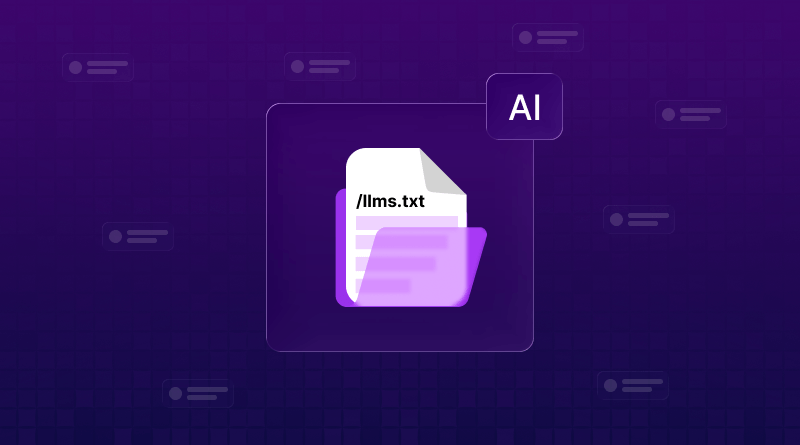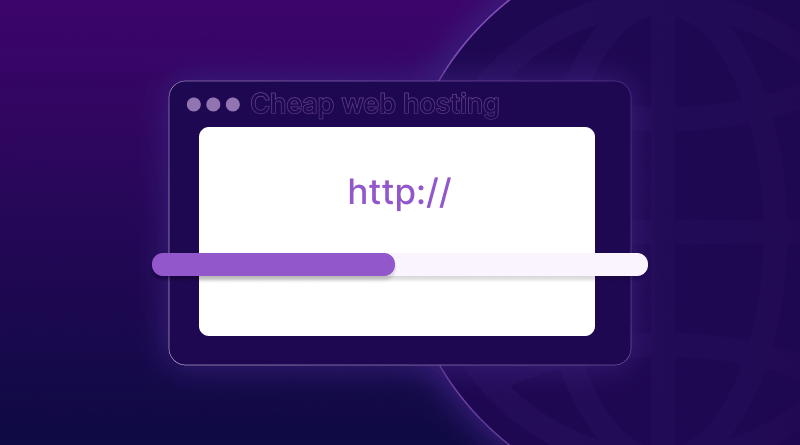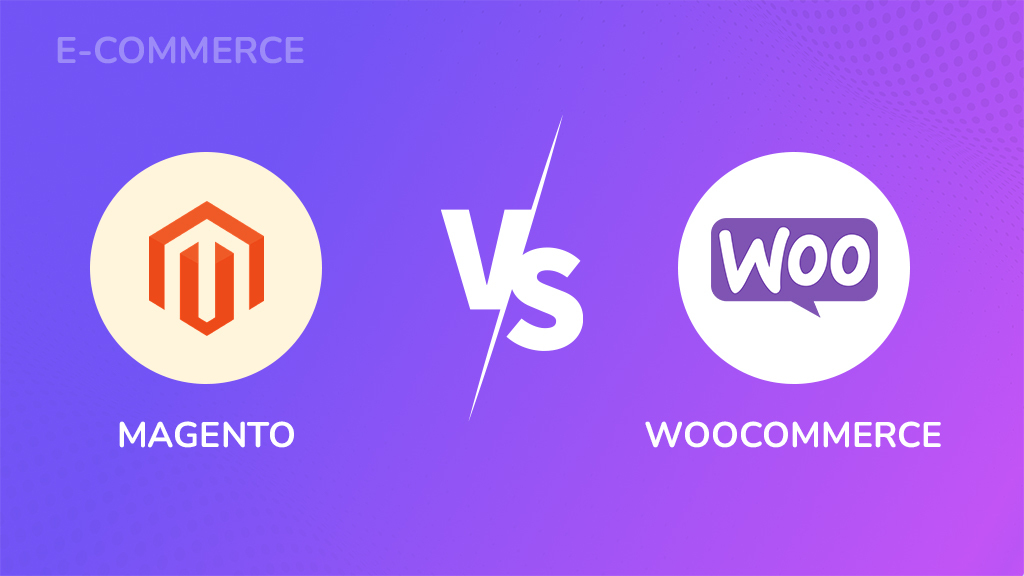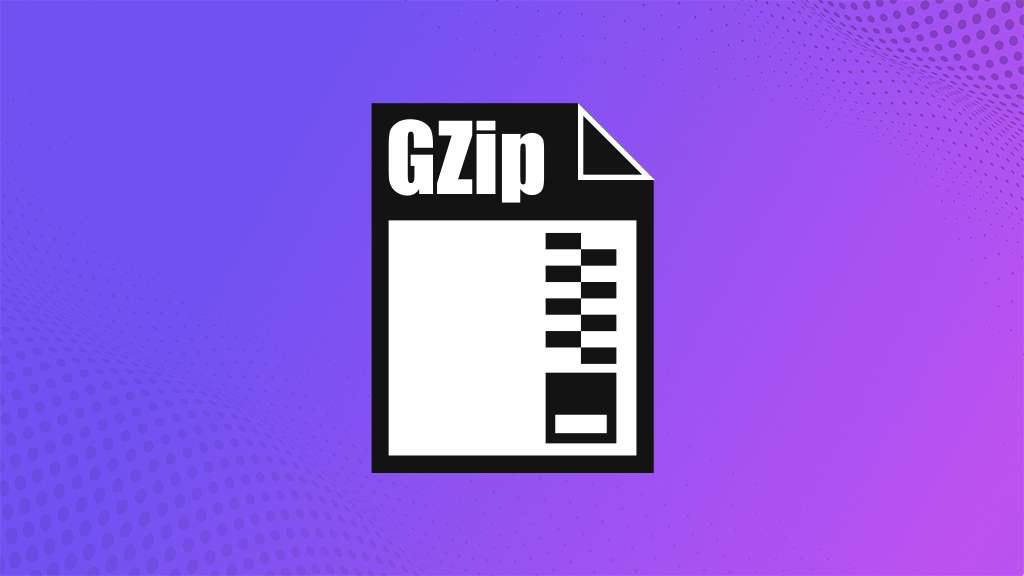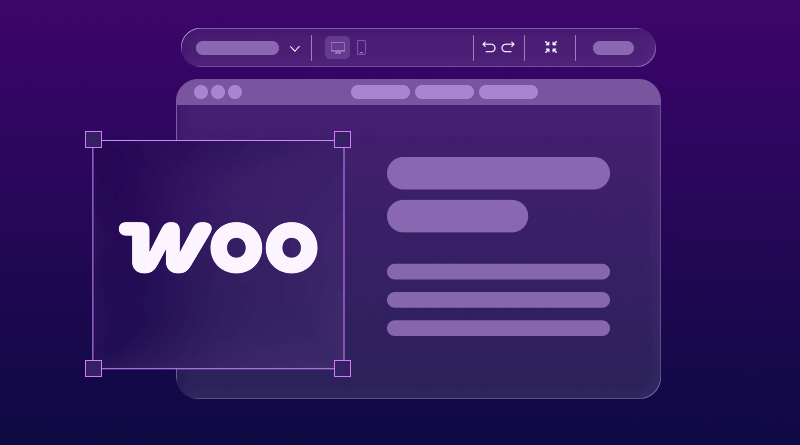
Yesterday, you didn’t lose one sale. You lost three.
Three customers added items worth $350 to their carts, and all three disappeared the moment they reached checkout.
Not because your products were expensive.
Not because a competitor offered a better deal.
Not because they “changed their minds.”
They left because shipping was a shock. A sudden $45.99 shipping charge broke the deal instantly.
And here’s the painful truth most WooCommerce store owners never consider:
Your shipping setup, not your marketing, not your pricing, might be the silent reason customers keep abandoning carts.
WooCommerce shipping isn’t just selecting a method and hoping it works. It’s a strategy.
The wrong settings can quietly kill conversions:
Charging $25 for shipping on a $15 t-shirt? Instant bounce.
No free-shipping threshold? Customers feel punished instead of encouraged.
Only one slow delivery option? They’ll pick the store that offers express.
If your checkout abandonment keeps climbing, chances are it’s not your products; it’s your shipping configuration.
This guide will show you how to set up WooCommerce shipping zones, rates, methods, and plugins correctly so your customers can complete their purchases rather than walk away at the last step.
Why Shipping Setup Matters for Your WooCommerce Store
Shipping significantly impacts the customer experience. Recent statistics show that nearly 70% of cart abandonment happens due to unexpected costs, with shipping fees playing a major role. When customers encounter surprise charges or limited shipping options, they often hesitate to complete their purchases.
In addition to price, customers also desire customization. They expect a variety of shipping options based on their location, delivery speed, and cost. Clear communication about free shipping thresholds and local pickup options is also important.
By tailoring your shipping options to meet customer expectations, you can reduce the number of abandoned carts – it’s as simple as that.
Understanding WooCommerce Shipping Basics
1. Shipping Zones: Geographic Shipping Map
Shipping zones segment your customers by destination – different countries, states, or even zip codes. Why? Because what works for one region’s shipping costs or carriers might not work for another.
WooCommerce lets you create these zones easily. You can make one zone for local city delivery, another for domestic coverage, and a third for international shipping. Each zone can have its own shipping methods and rates.
2. Shipping Methods: Options for How You Deliver
WooCommerce comes with three main methods included as standard:
- Flat Rate: Fixed shipping price regardless of order size or weight. Simple, but not always ideal.
- Free Shipping: Offers no-cost delivery under conditions you set – such as a minimum cart value.
- Local Pickup: Let’s customers collect orders themselves, great for brick-and-mortar stores or local sellers.
3. Shipping Classes: Tailoring Costs to Products
Products differ- some are bulky, others fragile. Shipping classes let you set different rates for each class, so your shipping charges reflect actual handling costs. For example, “bulky furniture” products might cost more to ship than “lightweight apparel.”
Step-by-Step WooCommerce Shipping Setup Guide
Step 1: Define Your Shipping Zones
- Go to WooCommerce > Settings > Shipping.
- Select “Add Shipping Zone“.
- Name your zone clearly (e.g., “US Domestic” or “Europe“).
- Choose the locations included in this zone, from countries down to specific postal codes.
- Save your zone before adding shipping methods.
Step 2: Assign Shipping Methods to Zones
- For each zone, hit “Add Shipping Method.”
- Choose flat rate, free shipping, or local pickup as fits your business.
- Configure each method – you can set fixed costs, a minimum order value for free shipping, or geographic pickup limits.
- Save changes and repeat for all zones.
Step 3: Create Shipping Classes
- Navigate to WooCommerce > Settings > Shipping > Shipping Classes.
- Click “Add Shipping Class,” then name the classes “Fragile,” “Heavy,” etc.
- Assign courses to products via the Shipping tab on product edit pages.
- Adjust flat rates for each class per shipping method as needed.
Advanced WooCommerce Shipping Tips for Better Conversion
1. Use Table Rate Shipping for Flexibility
With table rate shipping (via plugins), you can create rules based on weight, quantity, cart total, and more. Charge $10 for items under 5 kg and $20 for items over 5 kg. Offer free shipping on orders over $100. These fine-tuned rules reduce surprise costs, thereby improving sales.
2. Offer Real-time Carrier Rates
Integrate live rates from FedEx, UPS, DHL, or USPS using plugins. Customers see accurate shipping costs based on their exact address and cart contents – boosting trust and reducing checkout hesitation.
3. Set Clear Free Shipping Thresholds
Most customers love free shipping, but setting a minimum order amount encourages them to buy more to qualify. Display this threshold clearly on product and cart pages.
4. Provide Local Pickup or Same-Day Delivery
If you have a physical location or local warehouse, offer pickup options. It’s a conversion win for nearby customers who want immediate fulfillment without delivery costs.
Best WooCommerce Shipping Plugins for 2025
- Table Rate Shipping for WooCommerce: Custom shipping rules by product, weight, and destination.
- WooCommerce Shipping: Native plugin offering label printing and USPS/FedEx integration.
- Flexible Shipping: Weight and price-based shipping rules with conditional logic.
- WooCommerce Advanced Free Shipping: Set multiple free shipping methods with conditions.
- Choose plugins that fit your store’s complexity and scale.
Your Shipping Setup Checklist
Before going live, verify:
- All products are assigned to the appropriate shipping classes
- Tested checkout from 3+ different locations
- The free shipping threshold displays on product pages
- International zones exclude countries you can’t ship to
- The shipping calculator works on the cart page
- Confirmation emails show accurate delivery estimates
- A backup shipping method exists for edge cases
Avoid These Common Shipping Mistakes
- Overcomplicating shipping with too many confusing options that overwhelm customers.
- Forgetting to regularly test your shipping setup after product or zone changes.
- Hiding essential shipping costs until checkout results in surprise fees that lead to cart abandonment.
- Not updating shipping methods to keep pace with cost changes or carrier rates.
Conclusion
Your WooCommerce shipping setup is more than just a tool for calculating costs – it shapes the customer experience, trust, and ultimately, sales. Properly configured zones, methods, and classes ensure your customer sees clear, fair options, making their purchase decision easier.
Don’t let shipping complexity sabotage your store’s growth. Follow this guide, choose the right tools, and watch your cart abandonment shrink — turning browsers into buyers.
Ready to take your WooCommerce store to the next level? Discover BigCloudy’s WooCommerce hosting solutions designed for top performance, rock-solid security, and hassle-free migration – all crafted to keep your online store fast, safe, and always available.
FAQs
What are WooCommerce shipping zones, and why should I use them?
Shipping zones let you group locations (countries, states, or zip codes) with different shipping methods or rates. This helps tailor shipping costs to real-world logistics and improve customer satisfaction. For detailed steps, check the customized WooCommerce login page.
How do I choose the right shipping methods for my WooCommerce store?
WooCommerce offers flat rate, free shipping, and local pickup by default. Choose methods based on your products, customer preferences, and region. Adding plugins for table rate or live carrier rates can increase flexibility.
What are shipping classes, and how can I use them effectively?
Shipping classes let you group products that share shipping cost rules, such as heavy or fragile items. Assign classes on product pages and set different rates per class within shipping zones. This tailoring cuts costs and enhances checkout clarity.
How can I reduce cart abandonment caused by shipping costs?
Offer a mix of shipping options – free shipping thresholds, local pickup, and real-time rates. Clearly communicate shipping costs upfront and avoid surprise fees at checkout. Our WooCommerce cart abandonment guide covers practical tips.
Which WooCommerce shipping plugins work best for complex needs?
For advanced setups, plugins like Table Rate Shipping, Flexible Shipping, and WooCommerce Shipping enable rules based on weight, quantity, or specific regions. Browse our recommended WooCommerce plugins for more.
Can BigCloudy hosting improve WooCommerce shipping performance?
Yes. BigCloudy’s WooCommerce hosting is optimized for speed and uptime, ensuring shipping calculators and live carrier integrations run smoothly without delays that frustrate customers. Check our WooCommerce hosting plans for solutions tailored to your store.


